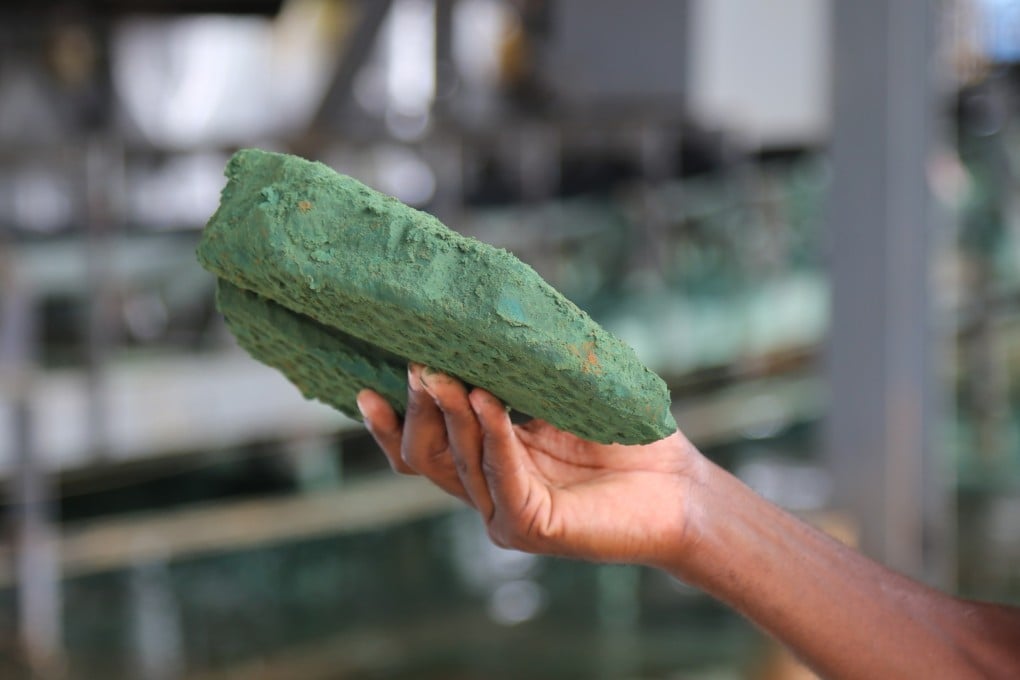Advertisement
India’s neighbourhood anxieties fuel pursuit of Sri Lanka’s untapped seabed cobalt
- New Delhi is intensifying its courtship of Sri Lanka and its prospective underwater cobalt reserves in a move with far-reaching implications
Reading Time:3 minutes
Why you can trust SCMP
3

Eyeing a potential cobalt windfall on Sri Lanka’s sea floor, New Delhi is seeking to deepen ties with its island neighbour. Experts see the Indian foreign minister’s recent visit to Colombo and the emphasis on maritime support as a calculated play for dominance in the strategically vital Indian Ocean region.
In late June, India’s External Affairs Minister S. Jaishankar chose Sri Lanka as the destination for his first bilateral trip since his party’s re-election. Much publicity was given to him “formally commissioning” a new US$6 million Maritime Rescue Coordination Centre (MRCC), but the optics were just as important as the substance.
The MRCC, agreed upon between the two nations in 2022 but technically active even before that, is designed to help broadcast weather warnings and security information across the region.
Yet India reportedly has its sights set on a far greater prize – securing access to the cobalt-rich Afanasy Nikitin Seamount, which some argue falls within Sri Lanka’s maritime borders.
Cobalt is an essential mineral in rechargeable batteries, a critical component in the global transition away from fossil fuels to electric vehicles and renewable energy storage.
It was also a move to demonstrate to other countries, including China, that India is going to retain Sri Lanka within its sphere of influence
The emphasis on the launch of the MRCC was Delhi’s way of strategically communicating to the world its focus on the Indian Ocean region, said Dr Bhagya Senaratne, a postdoctoral fellow at New York University Shanghai’s Centre for Global Asia.
Advertisement